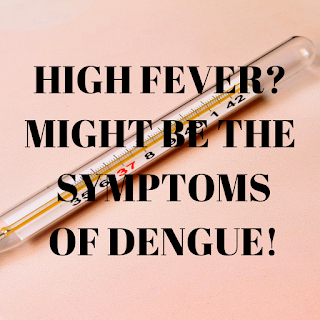
Dengue is now, in the last few decades, a yearly scare throughout the monsoon year at India. It's not unusual to come across newspapers and television stations filled with tales on Dengue's climbing incidences. The numbers are equally concerning.
The virus contains five distinct kinds of infection with one form generally gives lifelong immunity to the kind, but only temporary resistance to the others. The following disease with another type raises the risk of severe complications.
This amount climbed sharply in 2015, to 99,913 reported instances and 220 deaths. This season, the problem is as gloomy. In Delhi itself, 171 cases have already been reported that the highest in five decades, with two deaths that are reported. This is a reason for the alert, but furthermore, a sign for the need of teaching folks about Dengue and how it differs from simple viral illness.
Viewing the sharp increase in instances, the Delhi State Health Department has chosen to have a proactive strategy. They're focusing more on preventing the existence of stagnant water, in addition to conducting routine awareness program in town. This exercise began in July, in an effort to curb Dengue situations this season.
What's Dengue fever distinct from regular influenza?
Monsoon is the season when everybody appears to find the sniffles or fall sick. The normal flu could potentially be brought about by an easy viral or bacterial disease, among other potential causes. However, Dengue shouldn't be confused with it because it's a more dangerous type and requires a hands on strategy. The signs of this disease only look 3-14 days after the mosquito bite instead of immediately. Children under ten years old could be impacted with a more serious manifestation of the disorder, Dengue hemorrhagic fever.Symptoms of Dengue
It is recommended that any illness is not taken lightly in the current circumstances. If you have any of the below symptoms, over a period of a few days, you should consult a doctor or get yourself tested:- A drop in platelet count is a characteristic symptom of dengue fever, When affected by dengue fever, platelet count falls. This puts the patient at risk of bleeding and hemorrhage since blood loses its clotting and coagulating ability. The prevent this, platelet transfusion into the patient may become necessary.
- Sudden high fever or dengue fever is transmitted by the bite of an Aedes mosquito infected with a dengue virus. The mosquito becomes infected when it bites a person with dengue virus in their blood. It can’t be spread directly from one person to another person.
- Skin rash which appears two to five days after the onset of fever, In some cases, a rash that is made of small dots, called petechiae, may appear anywhere on the body as the fever subsides. Other rashes that sometimes occur include an itchy rash on the palms of the hands and the soles of the feet.
- Common symptoms that occur after the fever begins to include severe frontal headache, pain behind the eyes, severe joint and muscle pain, nausea and vomiting, fatigue, and a rash.
- Low blood pressure is one of the symptoms of dengue. If the patient develops severe dengue, there will be bleeding spots on the skin and other parts of the body and leakage of blood plasma. Severe dengue fever can damage the lungs, liver or heart. Blood pressure can drop to dangerous levels, causing shock and, in some cases, death.






No comments:
Post a Comment